Which city is more suitable for riding? Is there an authoritative standard?
In Denmark, Copenhagenize, an influential global media, will select the most suitable city for cycling every two years.
It will give a rating of 0 to 4 points based on 14 categories of indicators, including conditional facilities (such as bicycle racks), infrastructure, sharing schemes, ratio of male and female cyclists, and an increase in "traffic mode share" since 2006. Proportions, etc. (see the end of the article for details).
Finally, sort them one by one. Take a look now at which cities are selected.
20. Montreal, Canada
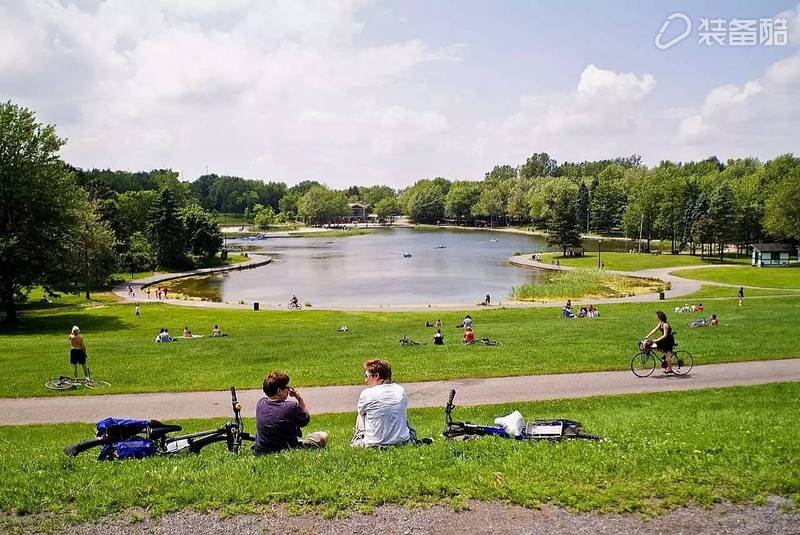
The only North American city on the list has been building cycling roads for decades and has been leading the development of riding technology. Today, Montreal has 600 kilometers of bicycle lanes, smart sharing road network covering the city.
How to be more friendly: Most streets are still unsafe and bikes will be pushed out of the crowded road. When introducing infrastructure, more driving standards must be set.
19. Oslo, Norway
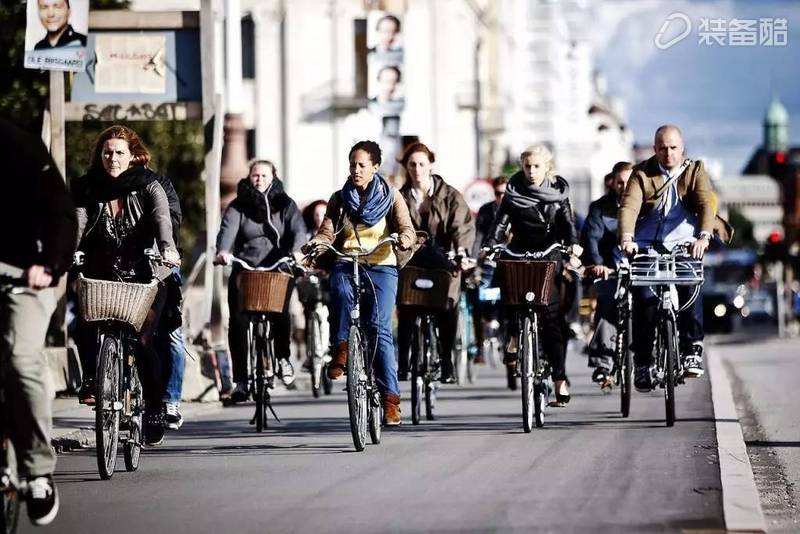
The capital of Oslo, the capital of Norway, will not be open to cars in 2019. The parking lot will be completely removed and many bicycle lanes will be welcomed. This is undoubtedly the gospel of the cyclists.
How to be more friendly: Compared to Amsterdam and Copenhagen, it is just the beginning and there are too many to build.
18. Helsinki, Finland
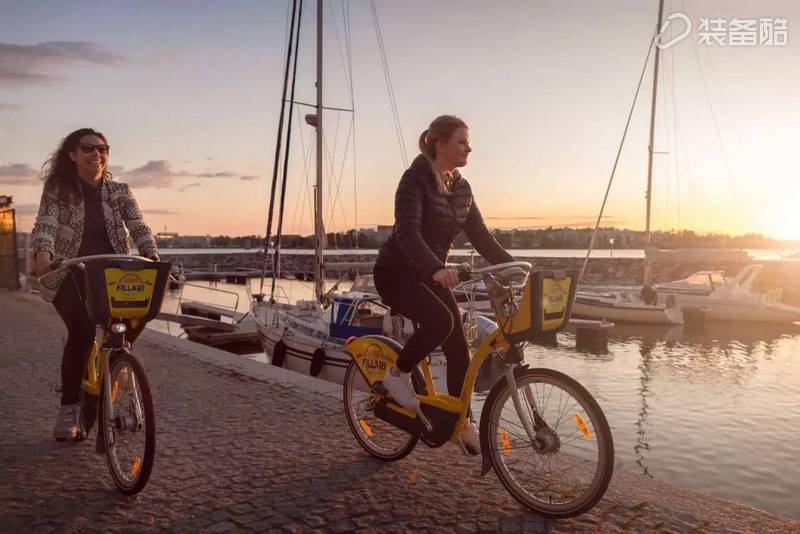
In Helsinki, Finland, 10,000 people ride on the main road every day. It is estimated that by 2020, 15% of the entire city will use bicycles as the main means of transportation.
How to be more friendly: There are not enough roads for cyclists and you need to add more.
17. Hamburg, Germany
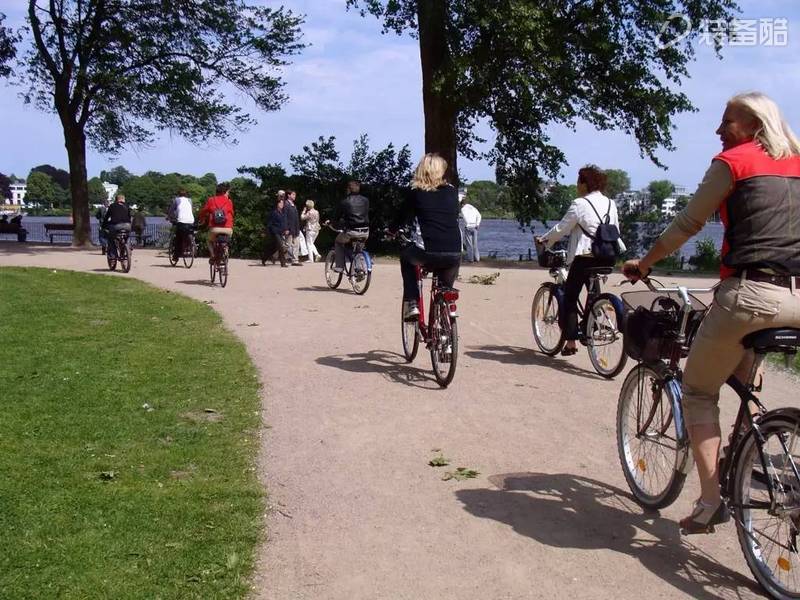
As a city next to the Netherlands, the development of bicycles in Hamburg has always been under pressure. It is also heavily influenced by Amsterdam and Copenhagen, and many residential areas are exactly the same as the first two cities.
How to be more friendly: On major roads, bicycles and cars are often side by side and it is not safe.
16. Nantes, France

France is expected to invest 56 million US dollars to improve the riding environment here, this construction fee will focus on hardware facilities. Nantes is also the first French city to allow cyclists to turn right when they encounter the red light, and has built a complete sharing system to provide subsidies for residents who purchase freight bikes.
How to be more friendly: Do not spend money casually, think about what the people most need, and train their riding habits.
15. Munich, Germany

Including Germany's longest city-wide 18 km speed limit zone, more bicycle infrastructure has been built than Germans and cities. Including 14 highways leading to the outer city.
How to be more friendly: Many cities set goals for bicycle development. Munich should be higher. For example, 30% of the citizens are riding on the road.
14. Seville, Spain

Seville is Spain's first city to promote cycling, and the bicycle parking lot in the city is very convenient. It boasts the best bike trails in Spain.
How to be more friendly: The double-edged sword effect, some bicycle sightseeing lanes are very congested and it is recommended to improve.
13. Paris, France
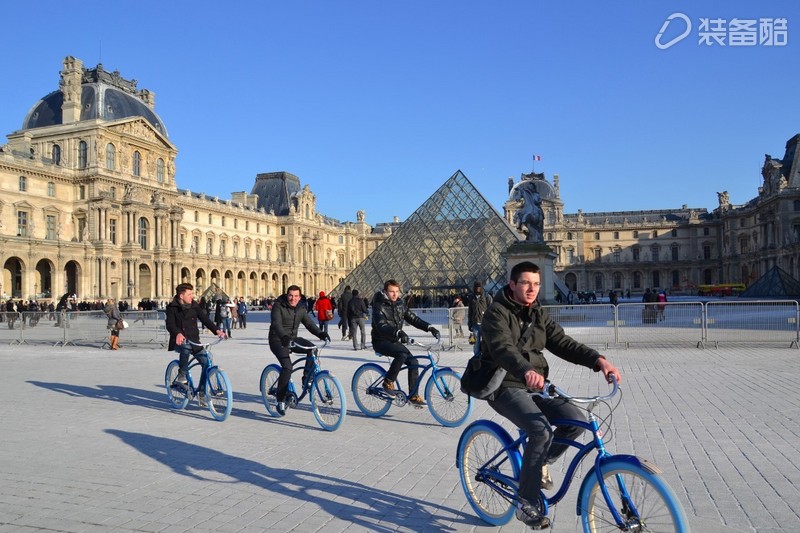
There are strong government policies supporting bicycle travel and a large number of 30 km speed limit zones have been built. The dismantling of the old highway on the river bank gave way to cyclists and was impressive.
How to be more friendly: Combine urban rivers to solve the “last mile†problem and set up more parking spots for bicycles.
12. Vienna Austria

With clear road planning, cars, trams, bicycles, and sidewalks are clearly separated. With an 800-mile bicycle base, the riding environment in the city center is also very pleasant.
How to be more friendly: There is no detailed simulation of the bicycle market share, although the government is keen to discuss bike topics.
11. Barcelona, ​​Spain
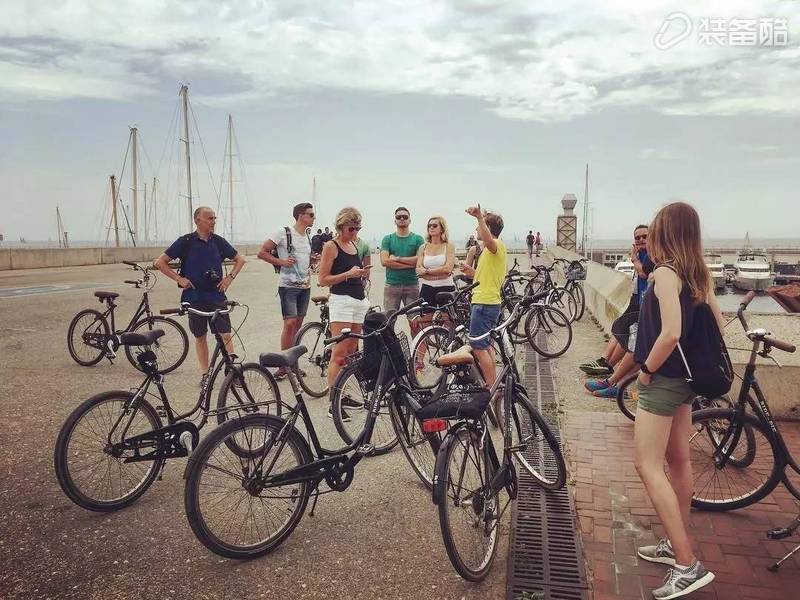
In the construction of urbanization, we will take the lead in improving bicycle infrastructure. Spending $22 million to build a 40-mile cycle road and build a bike sharing network.
How to be more friendly: Although the government has introduced a positive plan, it is hesitant to limit the car and it is inconvenient for cyclists to detour to the city.
10. Berlin, Germany
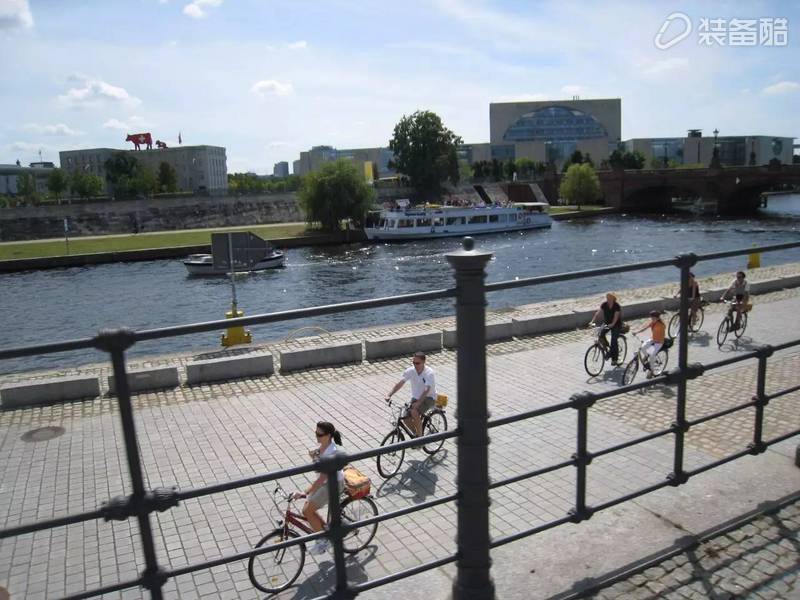
Berlin’s citizens are all involved in the construction of a bicycle environment. This is what few cities can do. Here, the government and the community have reached a perfect balance. This year, Berlin will also introduce the latest bicycle sharing system to test the greener modes of transportation.
How to be more friendly: In addition to the bicycle referendum plan, the bicycle transportation system needs to be strengthened.
9. Tokyo Japan
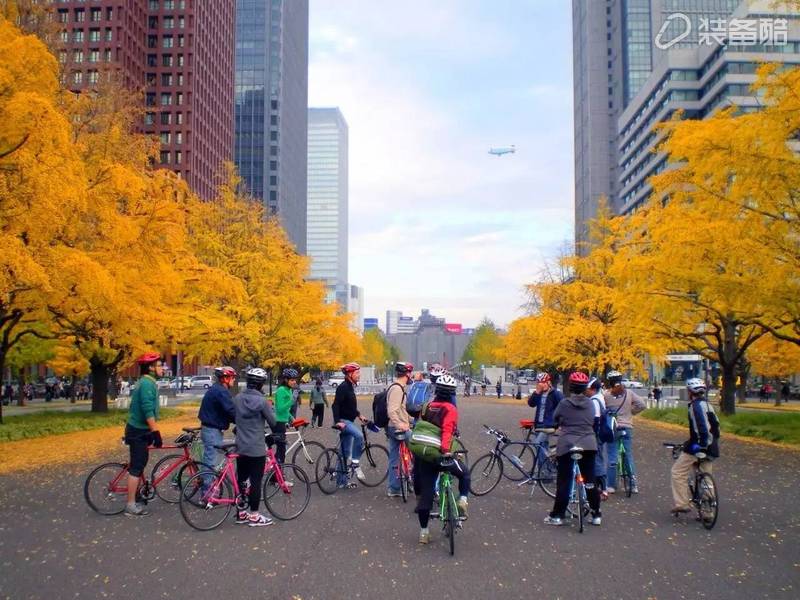
As the third largest bicycle country in the world, one-fifth of the people around the subway can enjoy the convenience of bicycles. Underground bike parking also makes the streets clean and unobstructed. Before the advent of the 2020 Olympic Games, Japan still had considerable opportunities to build bicycle facilities and set an example: If the world's largest city can find a good bicycle travel plan, then there is no reason why other cities can't say no.
How to be more friendly: Enough humane riding laws must be banned. At the level of road construction, less use of the United States and more reference to Europe.
8. Ljubljana, Slovenia
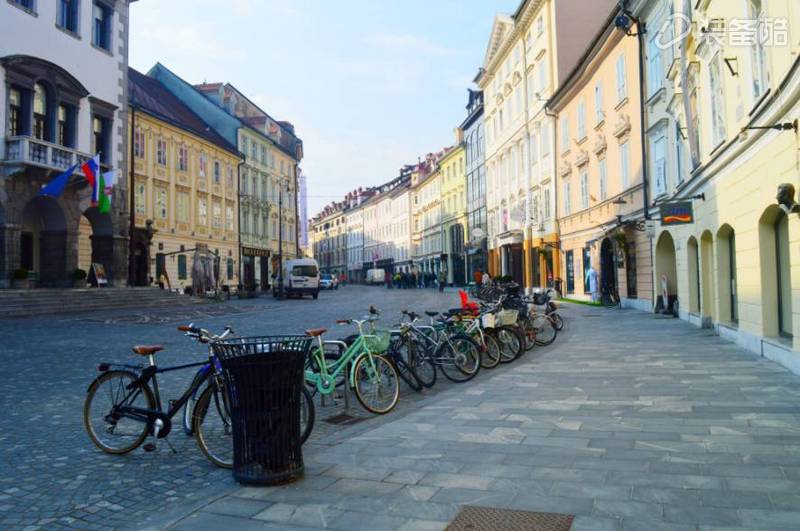
For many years it has been a model bicycle city in Europe. The bicycle network in Ljubljana is very solid. Officials in this city have also attached great importance to the development of bicycles. In a few short years, people who use bicycles as a means of transportation accounted for 30% of the total number of travelers.
How to be more friendly: Many infrastructures are not modern enough and cars are still many and must be limited.
7. Antwerp, Belgium
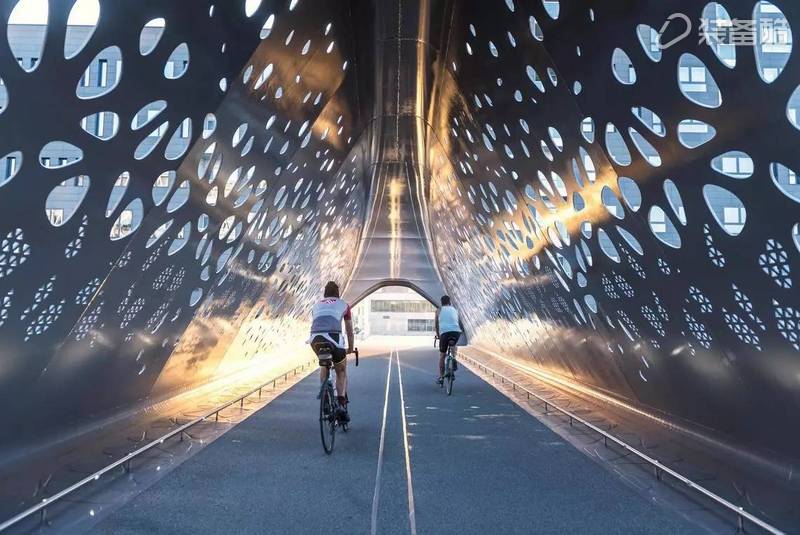
The best bicycle city in Belgium, sharing system is basically perfect in the city, and the residential area outside the city is also expanding. The artistic bike path is impressive.
How to be more friendly: Antwerp has great hopes to get into the top three of the list, as long as the government does not oscillate between cycling and driving.
6. Bordeaux, France
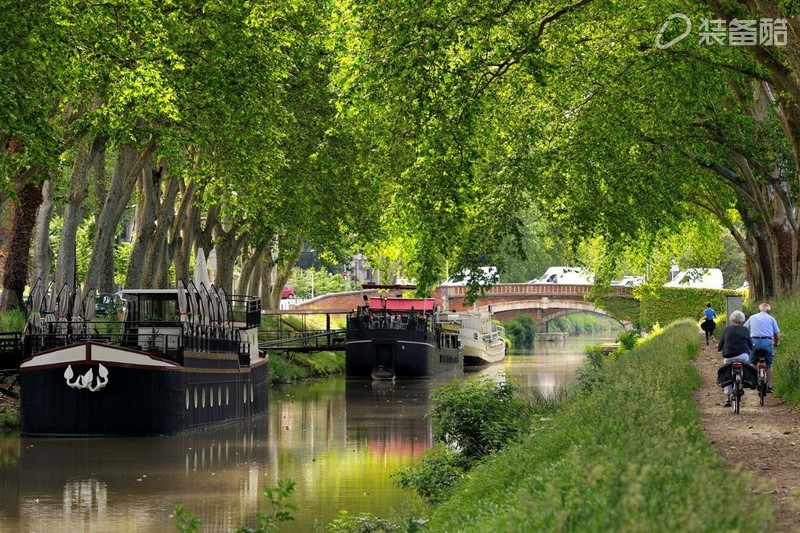
Bordeaux has 7 bicycle lanes, the shortest 6.5 km and the longest 33 km. City officials also went to Copenhagen to learn best practices. Bordeaux is also the only city in France that has more female cyclists than men.
How to be more friendly: Despite the estimated investment of 84 million U.S. dollars in the construction of bicycle facilities, Bordeaux’s distribution of roads and bicycles on the roads is still not reasonable enough, and smart money is needed.
5. Malmö Sweden
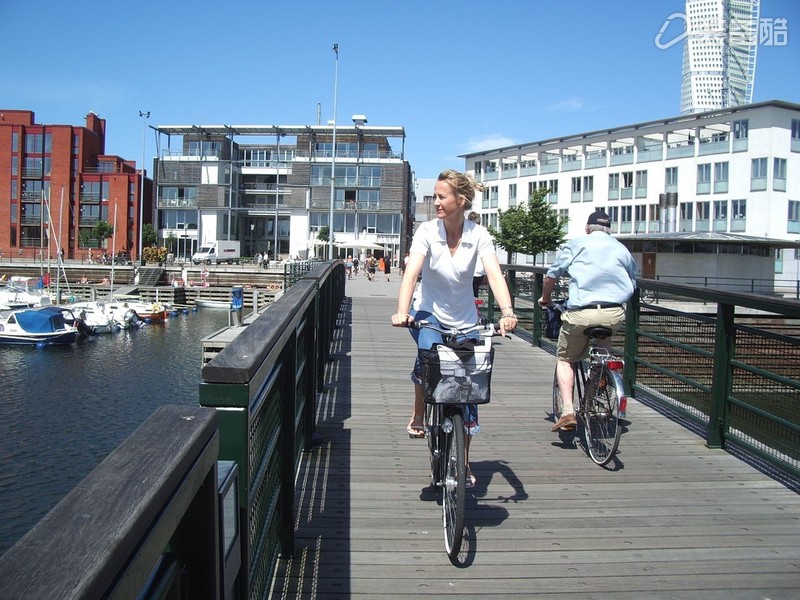
In Malmö, Sweden, 40% of citizens choose to go cycling, including government officials including the mayor. In order to facilitate the search in GPS, they named the bicycle lane and built a residential area for cyclists. They encourage car-free travel, claiming that "it is shameful to travel within 5 kilometers without riding."
How to be more friendly: Malmö's soft power is really strong and it is a paradise for cyclists, but the hardware has yet to be improved.
4. Strasbourg, France
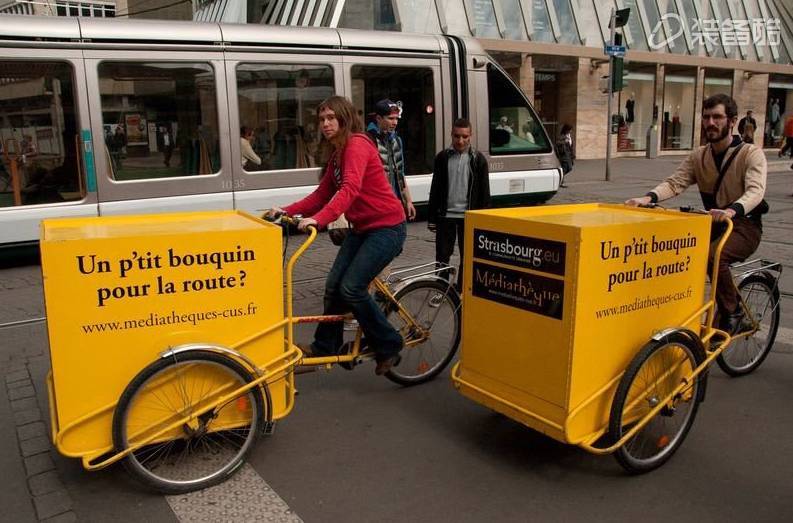
For decades, Strasbourg is second to none in France. The city’s shared bikes have been up to date, and even freight bikes are shared. Strasbourg is also planning three bicycle loops and has several longitudinal routes to the suburbs and surrounding towns.
How to be more friendly: Like Amsterdam, what Strasbourg wants to do is to build the image of a city ride. Once the infrastructure is unified, it will be more perfect.
3. Amsterdam, Netherlands
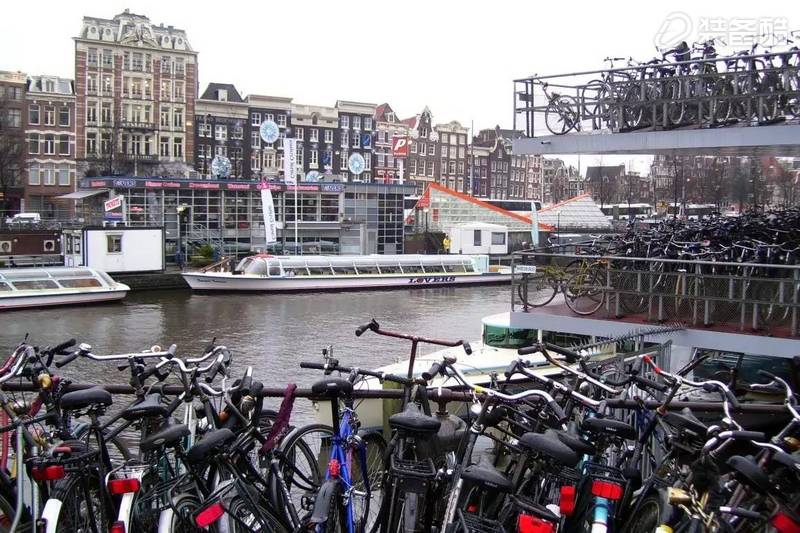
As a pioneer of urbanization in this world of cycling, Amsterdam has the best bicycle culture. Cycling is the main mode of travel for the public. There are a large number of 30 km speed limit zones in the city. People can enjoy a slow life at any time and the happiness index is bursting.
How to be more friendly: Although there are fewer and fewer cars, it has increased by 35,000 motorcycles each year since last year. This number was still 8,000 in 2007.
2. Utrecht Netherlands
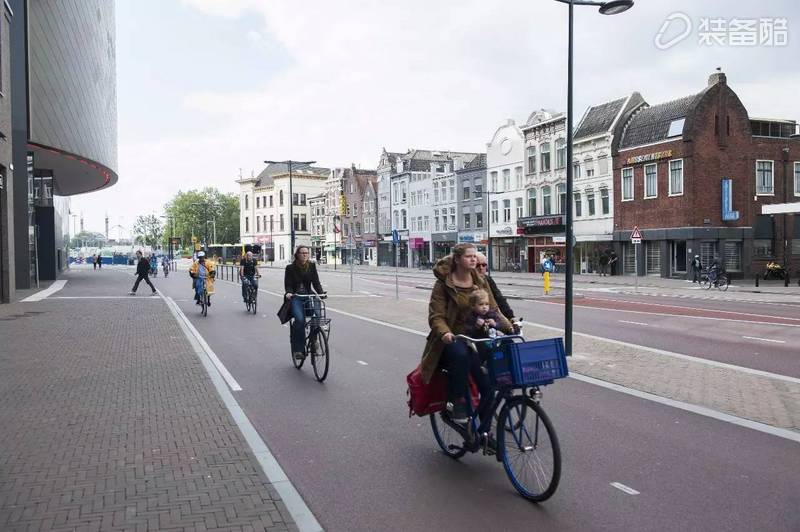
Utrecht has created and actually built bicycle streets and bicycle parking lots. At present, the entire city has 12,000 bicycle parking lots. This figure will be expanded to 33,000 by 2020. On the main road, there is also a wireless signage and parking lot construction, indicating how many free locations there are nearby. In the special zone, the bicycle street will also give each cyclist's riding speed, helping them to hurry up more effectively.

How to be more friendly: For local people, all facilities have enough time to be familiar and convenient, but this is not the case for outsiders who come to travel. We must strengthen improvement.
1. Copenhagen, Denmark
In the past 10 years, Copenhagen has invested 150 million in the all-round construction of the bicycle environment. This includes 16 bridges built specifically for cyclists and 400 km of bicycle streets. In terms of traffic warning lights, the latest transportation system will also give priority to cyclists. Every day, 62% of the citizens rely on bicycles to travel. Next, Copenhagen will also focus on building a bicycle highway. In short, few cities can afford so much for cyclists.
How to be more friendly: Congestion can be seen on several of the widest streets, which has a lot to do with cars coming from the suburbs to work in cities. How to make better arrangements is also a challenge for Copenhagen.
Hyaluronic Acid Dermal Filler Korea
Hyaluronic Acid Dermal Filler Korea,Cross-Linked Hyaluronic Filler,Filler Hyaluronic Acid Dermal,Cross-Linked Hyaluronic Acid Gel
Shijiazhuang Asa Technology Co., Ltd. , https://www.asaantiwrinkle.com
